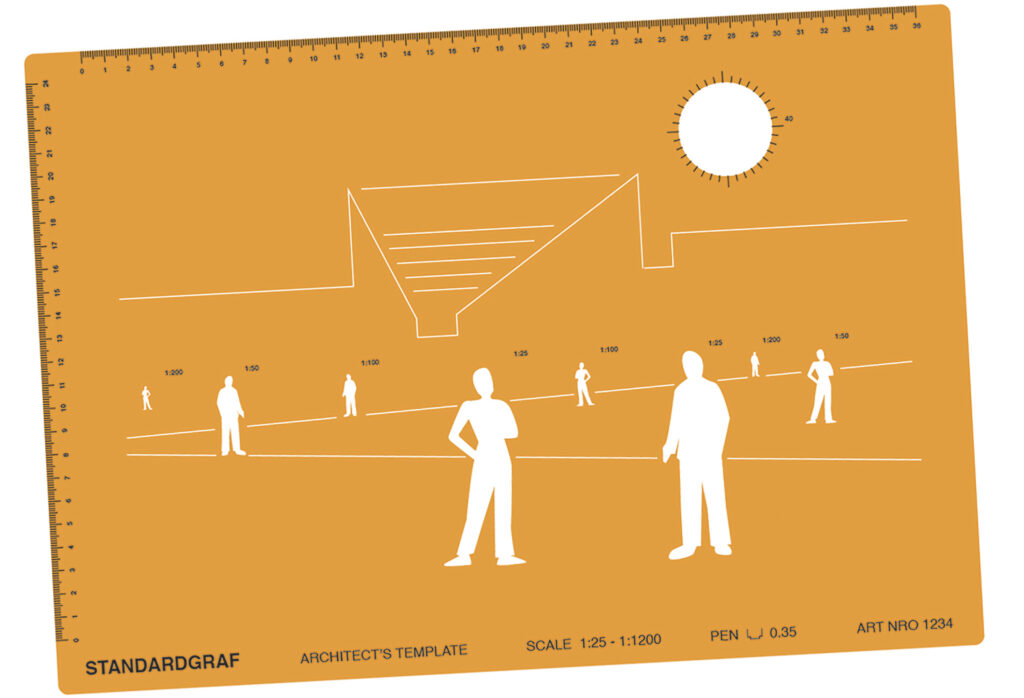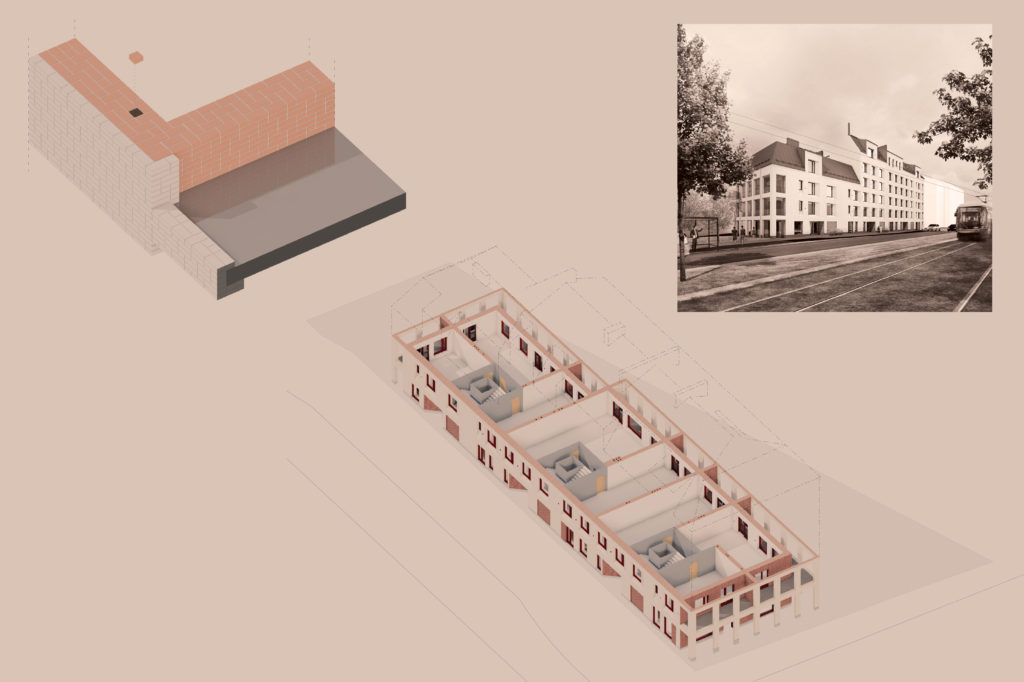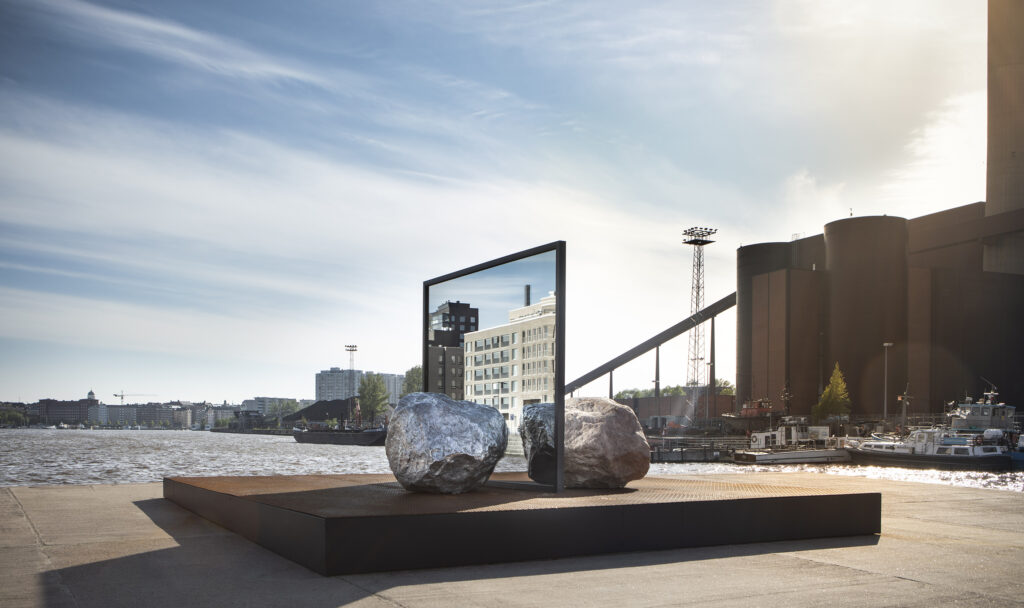The Ultimate Recognition – But for What?
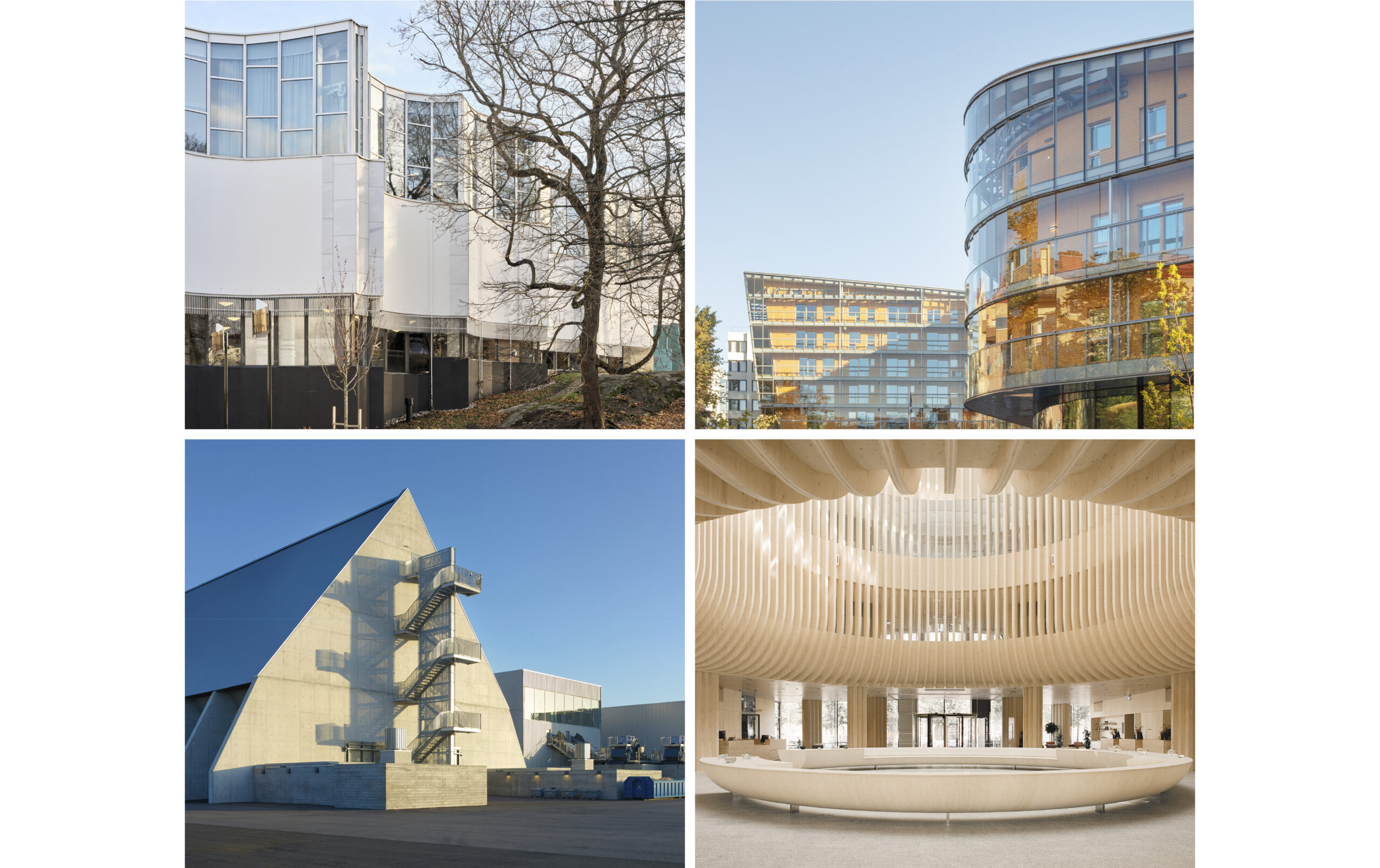
Nominees, upper row: Finlandia Hall Renovation (Architects NRT), Meander Housing (Steven Holl Architects, ARK-House Architects). Lower row: Vuosaari Bioenergy Heating Plant (Kivinen Rusanen Architects), Katajanokan Laituri hotel and office complex (Anttinen Oiva Architects). Photos: Tuomas Uusheimo, Angel Gil, Max Plunger, Kalle Kouhia
The Finlandia Prize for Architecture is a breeding ground for a destructive myth when it comes to architectural creativity, claims Anni Vartola.
In the ten years since the first Finlandia Prize for Architecture was awarded in 2014, the prize has established itself as a highly-esteemed recognition of architectural quality in a building or renovation project. Other national architectural acknowledgements include the State Prize for Architecture, which is awarded to a person, team or organization, while the specific awards for wood, concrete and steel construction are a means to promote the material, viewing architecture as but one of the elements within the wider context of know-how in construction. The special status of the Finlandia Prize for Architecture has, however, calcified the prize into a rather distant formality – despite the annual nomination of a new public figure as the juror who selects the winner, which has brought in a fresh layman’s view with built-in media attention. The award ceremony has also not established itself as the kind of public celebration of Finnish architecture that was envisioned when the prize was first conceived, with the popularity of the Finlandia Prize for literature, awarded by the Finnish Book Foundation, in mind. Contemporary architecture does interest people, but the same cannot be said of the Finlandia Prize for Architecture.
The weighty significance of the prize has placed quite unreasonable pressure on the pre-selection jury that chooses the list of finalists. This has to do with both the composition and the actual work of the jury and is due to the extremely rigorous quality screening process required for the nominations. Each of the selected finalists have to be outstanding to make sure that a deserving winner is selected, regardless of who is instituted as the final juror and how predictable or unpredictable the juror is in making their choice. The anointed flagship of Finnish architecture has been expected to meet high expectations of multidimensional greatness, having to achieve a virtually perfect performance when it comes to all aspects of architecture, in addition to increasing the public appreciation of architecture.
The latter dimension of eligibility has been perhaps the most insidious corrosive to our architectural culture. While other awards in the field adopt a transparently retrospective, encouraging perspective that acknowledges designers for a job well done, the Finlandia Prize for Architecture seems to deliver a message of stagnation, control and accreditation. Many of the similar architectural competitions – let’s say in, for example, Estonia and Latvia – have several categories and more than one organization in charge of the arrangements, and even the multi-phase jury selection processes are completely open and play a significant part in the interaction with both the international field and the national public. The Finlandia Prize for Architecture only has the one category and everything takes place behind closed doors. The process is launched annually with a call to report a project of high quality to the Finnish Association of Architects that grants the prize – who, by the way, refer to themselves with the abstract pronoun “we” in the call for candidates – which seems like a saccharine gesture that only highlights the otherness of the most important context of all architecture, namely the community surrounding the buildings, outside of the architectural institutions.
Contemporary architecture does interest people, but the same cannot be said of the Finlandia Prize for Architecture.
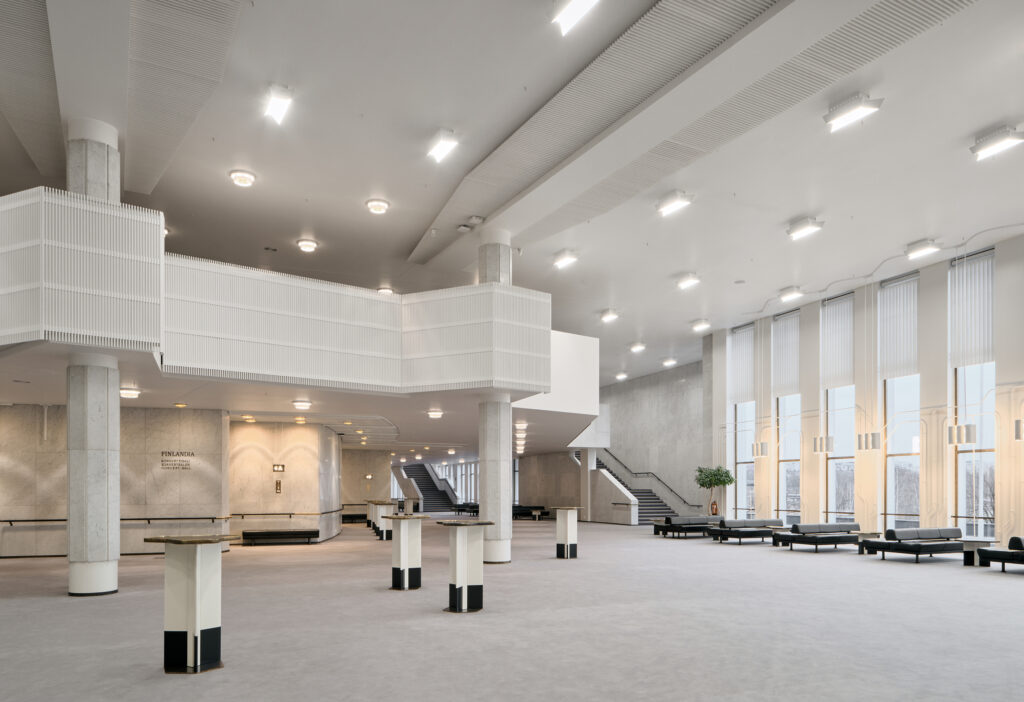
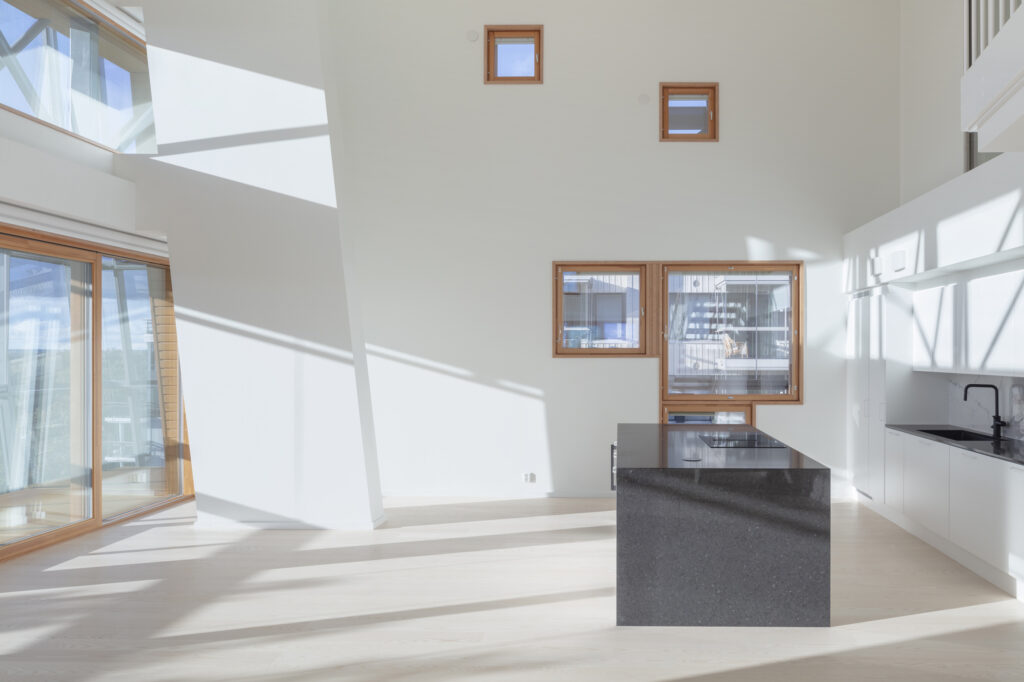
This year, the best of the best in Finnish architecture is represented by the renovation of Finlandia Hall (Architects NRT), the residential building Meander (Steven Holl Architects, ARK-House Architects), the Vuosaari Bioenergy Heating Plant (Kivinen Rusanen Architects), as well as the office and hotel complex Katajanokan Laituri (Anttinen Oiva Architects). All four finalists are located in Helsinki, and the projects are quite exceptional to start with.
It goes without saying that Alvar Aalto’s Finlandia Hall could not be trusted in the hands of just anyone to renovate whichever way they please, and the strictly monitored refurbishment of this architectural monument is hardly a relevant point of comparison for other renovation construction, even though it can, of course, be held as something of an ideal. The challenges of renovation and conservation are seldom of a similar calibre to the ones encountered here.
As for Meander, it was to be expected that the project would come out extremely well because the building represents luxury housing with the kind of resources and quality standards that are far beyond ordinary housing construction.
Katajanokan Laituri, then, has been able to draw upon several previous works designed for the same stunning seafront location amidst the prestigious national landscape of Helsinki. In such a special project, a mastery of dominant axes within the cityscape, the innovative use of wood as a material and long-sighted climate goals have surely been shared by the authorities and the developer as well.
When it comes to an industrial building, as in the case of the Vuosaari heating plant, architectural design is always secondary to the spatial needs of the industrial process, and it follows that the limited architectural leeway can also be seen as a frame that simplifies and concentrates the design process. All of this is to say that architectural quality has been a priority for the multidisciplinary teams of professionals involved in all of the nominated projects.
This is not to be interpreted as any type of deprecation, but rather bewildered admiration. How meaningful is a reward mechanism that measures the value of architecture without providing a relevant scale in an atmosphere that does not encourage risk-taking any more than it tolerates diversity? How constructive is it to channel the most prestigious architectural award in our country towards acknowledging projects of such exceptional grandeur?
No-one can become an idol without an innovative outlook and without at least some testing of the boundaries.
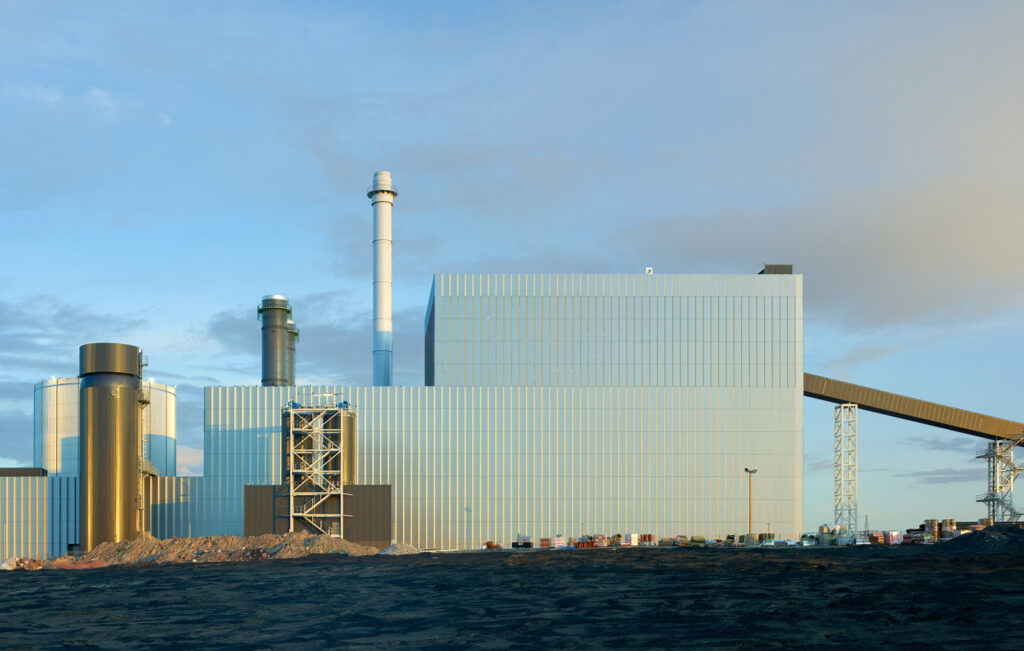
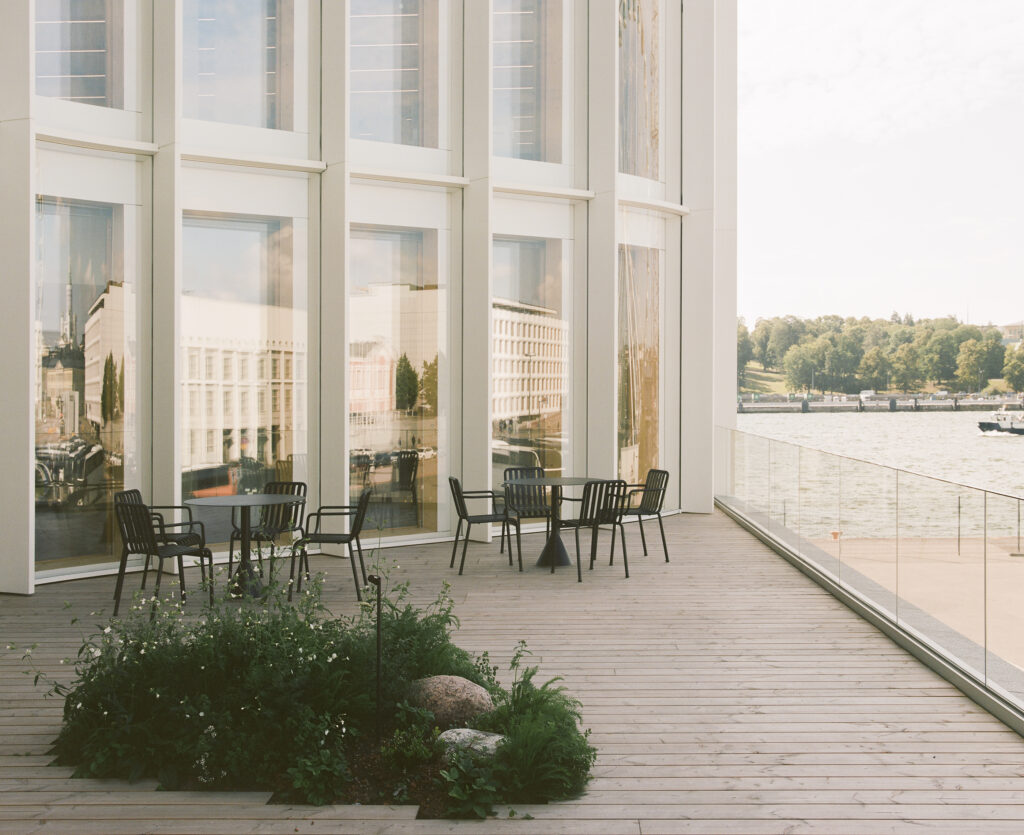
The Finlandia Prize for Architecture is a breeding ground for a destructive myth when it comes to architectural creativity; it reduces contemporary Finnish architecture to virtuosity that is immune to internationally acute issues, ennobling architectural design as something that is, above all else, an aesthetic performance of the architect. How are matters of pressing concern such as climate change mitigation, social segregation and the rapidly changing professional demands of an architect represented in this year’s list of finalists?
The covertly directive effect of the prize can be seen in the conformity of Finnish architecture and in the inability of our architects to serve as international trailblazers to the extent that their know-how would more than cover, as was still the case back in the 1990s – we only need to look to Juha Leiviskä, Heikkinen-Komonen, or Gullichsen-Kairamo-Vormala for examples of such international kudos. To date, not a single EU Mies van der Rohe Prize has landed in Finland, nor have any Finns posed on the cover of El Croquis. Why is that, you wonder? The answer is because the most interesting architecture is not that which holds the highest quality or cultural value, but the type of design that is insightful in completely new ways. No-one can become an idol without an innovative outlook and without at least some testing of the boundaries. Our architects have what it takes to make it, but the Finlandia Prize for Architecture, in its current form, does not have what it takes to spur such success. ↙
ANNI VARTOLA works as a Senior Lecturer in Architectural Theory at Aalto University, Department of Architecture.




